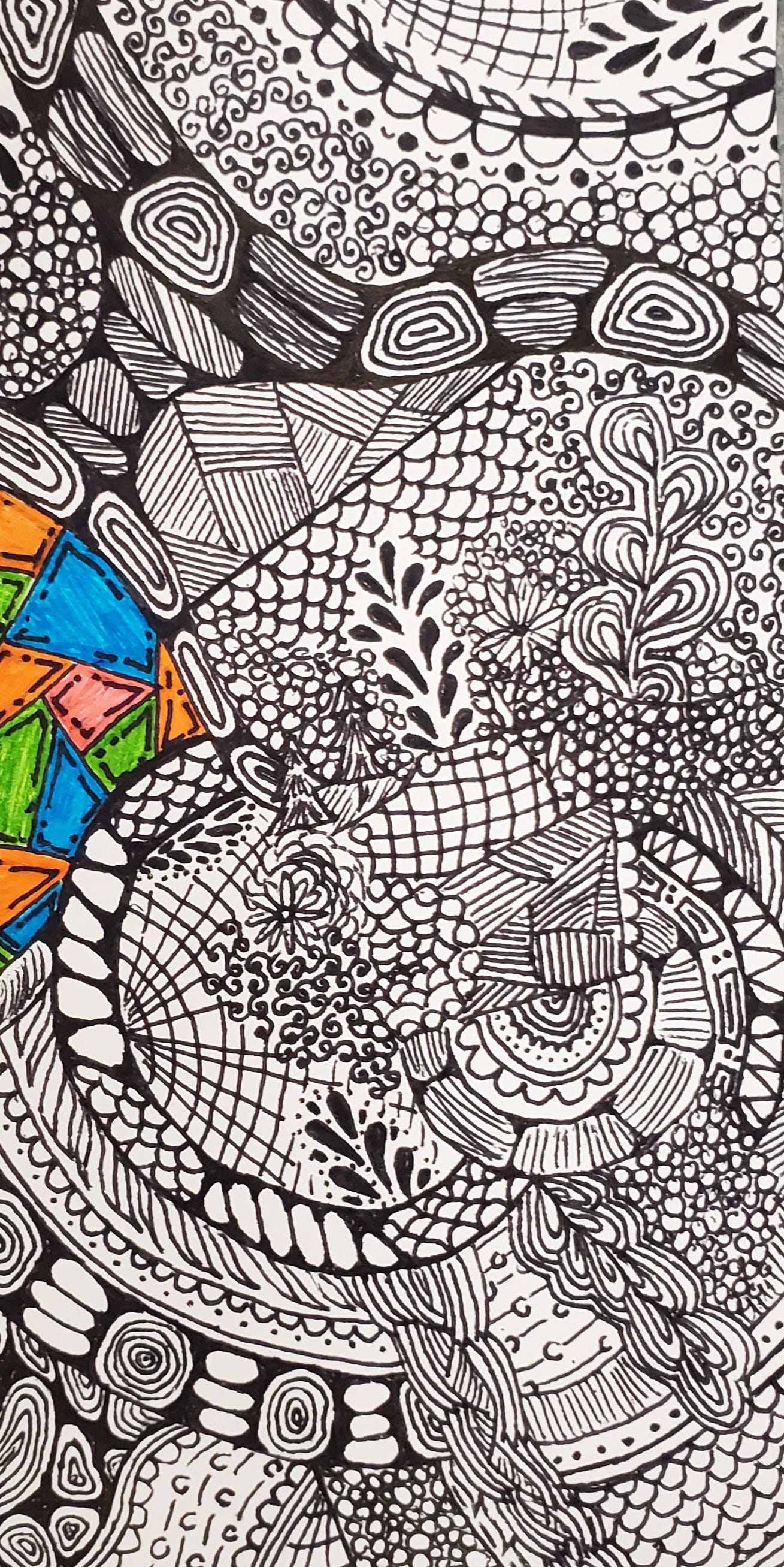Using Goal Setting to Support Learning
It’s been a while since I’ve posted here! Fall went by in an absolute blur this year. I swear the last time I looked at the calendar was September; when I turned around, it was the end of November! It’s been a busy fall for me by all measures but also a productive one. I’ve started using goal setting with my Studio classes and it’s been helpful for students as they learn how to direct their own learning.
The work of artists is always goal centered, and successful artists take action to meet their goals, with “successful” here meaning however the artist defines success. The habit of self-motivation and self-direction, along with time management, is essential for the high school artists in my class, who will graduate and be on their own within a few years, to develop. I started asking students to set goals a few months ago and quickly noticed that many wrote general goals. I rethought what I was asking them to do, realized I needed to be clearer, and then came up with the following process.
Task: Write a learning goal for the week
Think of a goal you would like to work on that is interesting and challenging and helps you show progress, effort, and increasing skill.
Tip: Make it specific and think about what type of work you are doing. Here are two examples:
“I want to work on time management this week because I get stuck on making my work perfect and don’t get projects done as fast as I’d like. I want to get the drawing for the exploring with pen I’m working on finished by Wednesday, then start planning a new formal project.” or
“I know I need to make up work for this class before the end of the quarter. I’m going to focus on that today and listen to music so I don’t get sidetracked”Write your goal here (my students use the discussion feature in Canvas where they can both post and respond)
Give specific feedback to three people. Think - What would make it even better? Why is it good?
Read your feedback, edit your goal, and then post it to your digital portfolio
When my students used this goal-setting process with specific criteria they were able to write much clearer goals. The feedback their peers gave them was especially helpful, as was reading through the goals others posted. It’s important to note that their understanding of the variety of options for classroom work and online content they can access to learn new skills and techniques also supported their successful goal setting.
They came up with great goals surrounding learning how to use new media, like how to bleach paint or how to draw architectural plans with Procreate. They also had ideas for specific techniques they wanted to master, like adding fine detail in gouache or developing their own crochet plan. Other students' goals were more about how they approached art, like making better use of class time by listening to music to help zone in or letting go of making everything perfect before moving forward. One goal was just not to get stuck on one thing all week. Same.




Melissa, I love your suggestions here. How would you consider doing the shared feedback for students who are not on a digital format? I find that my middle school students get sucked down the digital rabbit hole and super distracted by having computers available all the time, so I try to have them work with tangible objects, however, the quick feedback part is still a struggle for me. I'd love to hear your suggestions or that of others as to good ways to help students give and receive feedback on in-progress work.